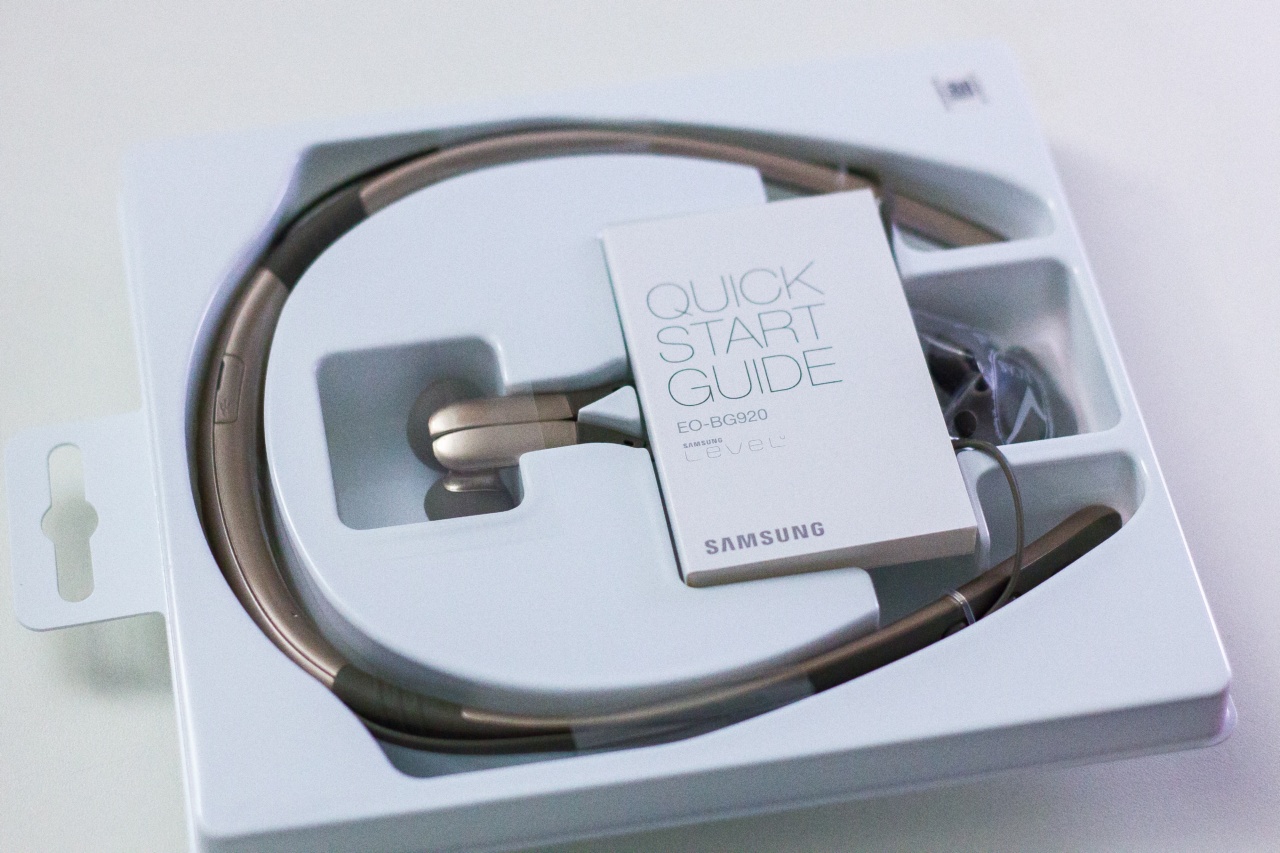Bile duct cancer, also known as cholangiocarcinoma, is a rare form of cancer that affects the bile ducts in your liver. It accounts for approximately 10% of all liver cancer cases. Early detection and treatment are crucial for improving survival rates.
Understanding the symptoms associated with bile duct cancer can help in its early diagnosis. In this comprehensive guide, we will explore the various signs and symptoms of bile duct cancer.
1. Jaundice
Jaundice is the most common symptom of bile duct cancer, occurring in about 50% of cases.
It is characterized by the yellowing of the skin and the whites of the eyes due to the buildup of bilirubin, a yellow pigment produced during the breakdown of red blood cells. Jaundice may be accompanied by dark urine and pale stools.
2. Abdominal Pain
Many patients with bile duct cancer experience abdominal pain, particularly in the upper right side of the abdomen. The pain may be dull or sharp and can radiate to the back or shoulder blades.
It is usually constant and may worsen after meals or during physical exertion.
3. Unexplained Weight Loss
Rapid and unexplained weight loss is a common symptom of various types of cancer, including bile duct cancer. Sudden, unintended weight loss of 10 pounds or more within a few months should be taken seriously and investigated further.
4. Fatigue
Feeling excessively tired or fatigued despite getting enough rest can be an indication of bile duct cancer. The cancer cells interfere with normal liver function, leading to fatigue and decreased energy levels.
5. Itchy Skin
Intense itching, medically known as pruritus, is a symptom that occurs in many cases of bile duct cancer. The buildup of bilirubin in the blood can cause the skin to become itchy.
Itching is often worse at night and can be relieved temporarily by antihistamines or other medications.
6. Loss of Appetite
Bile duct cancer can cause a loss of appetite and a feeling of early satiety. This can result in weight loss and malnutrition if not addressed. Changes in taste or a sense of nausea after eating may also be experienced.
7. Changes in Stool Color
Bile duct cancer may cause changes in the color of your stool. Stools can become pale or clay-colored due to the lack of bilirubin reaching the intestines.
Additionally, the absence of bile in the digestive tract can result in difficulty digesting fats, leading to loose, greasy stools.
8. Dark Urine
A common symptom of bile duct cancer is dark urine. Bilirubin that accumulates in the bloodstream is excreted through the kidneys, resulting in dark-colored urine. The urine may have a tea-colored appearance.
9. Fever and Chills
Some individuals with bile duct cancer may experience a low-grade fever and chills. This could be a sign of a systemic infection, specifically related to blocked bile ducts.
10. Enlarged Lymph Nodes
In advanced stages of bile duct cancer, the cancer cells can spread to nearby lymph nodes. This can lead to the enlargement of the lymph nodes, which can be felt as lumps under the skin.
Conclusion
Recognizing the symptoms of bile duct cancer is essential for early detection and timely treatment. If you experience any of the aforementioned symptoms, it is crucial to consult a healthcare professional for a proper diagnosis.
Remember, early intervention can significantly improve the prognosis and outcomes for individuals with bile duct cancer.



























